Imagine we are now leaving the summer behind, the greens will be turning to golds, browns and oranges and the nights will be gradually getting longer. What does this mean for the nation’s barbel anglers? Well we certainly need to start thinking about what bait we are using and more importantly how it’s going to be applied.
Throughout the warm summer months pellet rule up and down the country; from halibut to salmon, elipse to pre -drilled, there won’t be many barbel anglers who don’t carry this bait and catch barbel on them throughout the warmer months, but what about autumn?
With the air and water temperatures starting to drop high oil content baits need to be replaced by something more digestible and soluble, and the perfect bait to establish for this time of year and through to the winter are boilies. Boilies can be made at home or shop bought to a very high standard, and most manufacturers these days use very good quality, highly digestible ingredients which offer the fish a balanced diet. This in itself is one of the main reasons for switching to them. In cold water the oil in pellets will congeal (coagulate) causing the fish to have problems digesting them. If you want to see this put a bottle of olive oil in the fridge for 2 hours to see what I mean! Boilies on the other hand are highly nutritious and pass through the fish quickly.
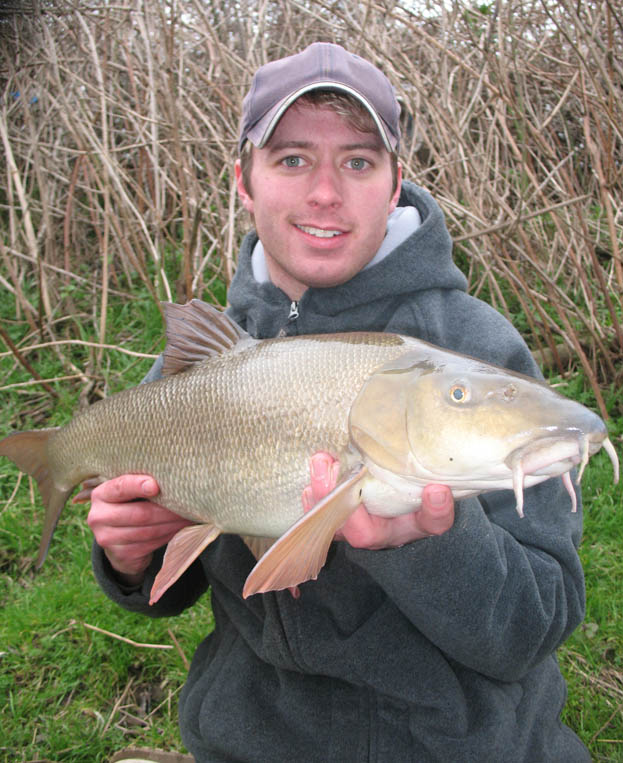
Now that we have covered ‘why’ they work we need to look at the ‘how’s’ of fishing effectively with boilies. There are many different ways of fishing with boilies. In truth I never use them straight from the packet. One of my favourite ways of preparing my baits is to air dry them until they are rock hard, then soaking them in a matching dip. This prolongs their life by removing the moisture content. This preservation of the bait is enhanced when you glug them, which adds attraction as you are in fact replacing the moisture with attractors without actually changing the ‘make up’ of the bait.
When it comes to feeding with boilies, because they are naturally quite high in attraction levels once air dried and glugged I like to use the old adage of ‘less is more’. The way I go about this is normally by using PVA stocking and matching paste wraps.
So let’s cover PVA first. I very rarely, if ever, use whole boilies. Much preferring to crumb, halve or simply break them up as this improves the scent trail released from them, and as they are no longer round they won’t roll away downstream in the current.
If using Micromesh PVA stocking I will make up golf ball size bags of broken and crumbed boilies then dip the bag in a matching PVA friendly dip. This will prolong the melting time and leave a nice parcel of tasty morsels in the vicinity of your hookbait. Sometimes I will use PVA tape onto which I will mount several halved baits and then attach the ‘stringer’ to the hook. This gives a small amount of baits right next to the hookbait, that are all matching and therefore makes the actual hookbait look more subtle.
The second key element is a boilie paste wrap. There are 3 ways of making paste, you can buy it, use water or use eggs. Shop bought ones are good, they have a great consistency and do what you will need, but I prefer to make mine myself from the same base mix as the boilies I am using. The benefit of making your own matching paste is that you can control the consistency and flavour levels to match the fishing situation. When using water to make the paste your bait a lot more soluble, and once cast out the paste will break down very quickly leaving a great scent trail but it won’t last long.
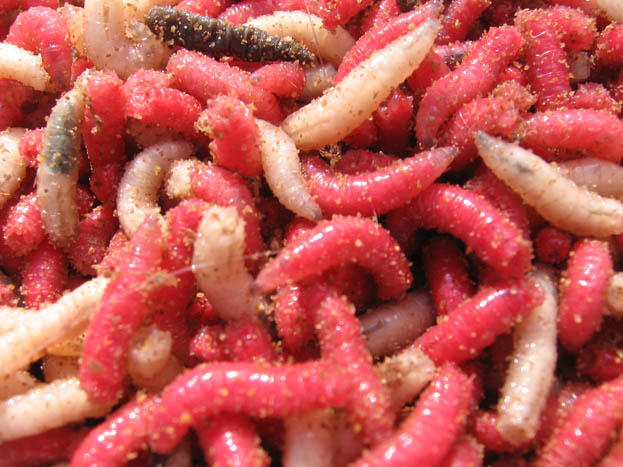
Personally, I prefer to use eggs because once it’s made it lasts longer and is ‘harder wearing’. The other added benefit of using eggs is you can use the same paste to create your own boiled baits to your own spec and size. Egg based pastes are great for flood water and winter fishing as you can cast out a paste wrapped bait of anything up to golf ball size (or bigger if you prefer) safe in the knowledge you’re going to get a prolonged scent trail and still have a bait at the business end once the paste has broken down.
There are no hard and fast rules when it comes to feeder fishing for barbel. As long as the location is good and you’ve got a baiting pattern that you know works (normally by feeding additionally to the bait contained in the feeder) the hard part is done. When it comes to feeder rigs when using maggots and casters for barbel they can be as simple or complicated as you want. Obviously simpler is almost always better but there are a couple of little tweaks that make a even basic rig more effective.
Using a feeder is one of the most common methods of barbel fishing. Anglers up and down the country use them week in week out and catch a lot of fish, but which feeder to use? The 2 most popular are the open ended and block end varieties. I used to be a big advocate of the open ended feeder for barbel fishing using maggots and plugging the ends with a high attract ground bait. I used very large feeders which would enable me to introduce a large amount of bait quickly and accurately. The main problem with this is you have no control over the rate the maggots are released and once the ground bait was gone the maggots would wash out of the feeder extremely quickly and spread out much further than I would ideally like. I played around with different groundbaits and consistencies but was never really 100% happy with where my free bait was ending up. The method failed to give a nice tight feeding area for the fish.
Over time I decided to give block end feeders a try and in particular the 2oz and 3oz in-line varieties. These are perfect for a general maggot and caster approach as once the feeder is in the water the release rate of the bait is controlled by the holes in the feeder.
If you are getting regular bites the holes can be enlarged making the bait release much quicker; therefore keeping the fish actively searching and baiting the swim quickly. Once bites tail off a little or if you want to drip feed the swim, giving the barbel the odd maggot here and there to keep them searching out the food for longer periods of time, then masking tape can be wrapped around the feeder leaving just a handful of holes for the maggots or casters to escape from.

The simple reason I prefer an in-line feeder over a regular swivel feeder is that they eliminates potential tangles and makes the whole rig nice and streamlined. Also, in the event of a snapped mainline the swivel will still easily pull out of the feeder base leaving just a length of line with a hook on the end. There’s no need for buffer beads or rig sleeves etc. it’s just a simple case of sliding the feeder onto the mainline and pulling the hook length swivel into the base of the feeder, simplicity itself.
What I do at the business end is slightly more complicated and different to the norm. I have in the past impale as many maggots onto a size 8 or 10 hook as possible. No finesse involved at all, just cast out and hold on! However over the past few years I’ve played around and tweaked my rigs slightly and the hooking potential of my maggot rigs has improved dramatically as has the hook bait presentation itself. Now I make no apologies for the fact that I will and do take ideas from the carp world and use them in my barbel fishing. These guys really do have some fantastic ideas and if I see something that is going to improve my fishing I’ll use it. There are 2 rigs I tend to use, and they are as follows.
The ‘2’ hook rig
I first saw this rig in a magazine, several years ago, and thought it was a great idea! Now before anyone calls for my head and wants me ‘stringing’ up it is technically a 2 hook rig but not with the potential of the fish having 2 hooks in its mouth.
Let me explain…
The idea is that you tie a small size 16 or 18 hook onto the end of your hook length material, followed by a fake rubber maggot threaded blunt end first down the hook length and over the small hook eye (so the point is obscured). This is followed by your usual tried and tested hook tied on knotless knot style. Now you have is a small hook and fake maggot on the hair and this enables you to fill the size 16 or 18 hook with live maggots then push the fake one over the hook point ‘locking’ them in place. This means your actual ‘fishing’ hook is completely free giving you a clear hooking point that’s not masked by maggots. By using the fake maggot you are also neutralising the weight of the actual hook, making your rig very light and thus giving you a very good presentation that helps you gain the best possible hook hold once the barbel has taken the bait.
‘The Fake maggot Rig’
This rig is very similar to the one above but less fiddly to tie and use. I tie my usual hair rig and leave the hair slightly longer than I would normally. I then using a fine baiting needle hair rigging one or 2 fake maggots through the blunt end as you would real ones. There is no need for a bait stop as the knot on the hair will keep the fake maggots in place. It’s then just a simple case of putting a few maggots directly on the hook and you’re fishing!
I like to use this rig for 2 reasons. Firstly, should your bait get taken and sucked by small fish you are guaranteed to still be fishing; and secondly, the fake maggots once again neutralise the hook weight making the rig very efficient at hooking the fish.

I remember reading once that when it comes to the winter you need to fine down your tackle to get bites off barbel. What absolute rubbish!
If your location, feeding pattern and rigs are right then the barbel will feed and you will catch them. I still use 10lb or 12lb mainline in conjunction with 10lb low mono hook length and size 10 Wide Gape Talon Tips in the winter and catch plenty of fish. To reduce the hook sizes and line strengths only serves to weaken your rigs and will result in lost fish that are left trailing line or hooklinks. Barbel still fight hard in the winter and the utmost care should be taken to ensure they remain in tip top condition by using tackle of an appropriate strength and looking after them when they are on the bank.
Top 5 Tips
• Don’t go under gunned, barbel fight hard and give their all. Make sure your tackle is up to the job.
• Don’t be afraid to pile the bait in, barbel will eat maggots all day long.
• Spend some time locating depressions and drop off’s on the river bed, this will pay dividends come the colder months.
• Why keep the maggots natural flavour? Spice them up a little to give them a bit more attraction.
• When there has been a warm winter flood wait for the last bit of colour to start to drain away and fill your boots.



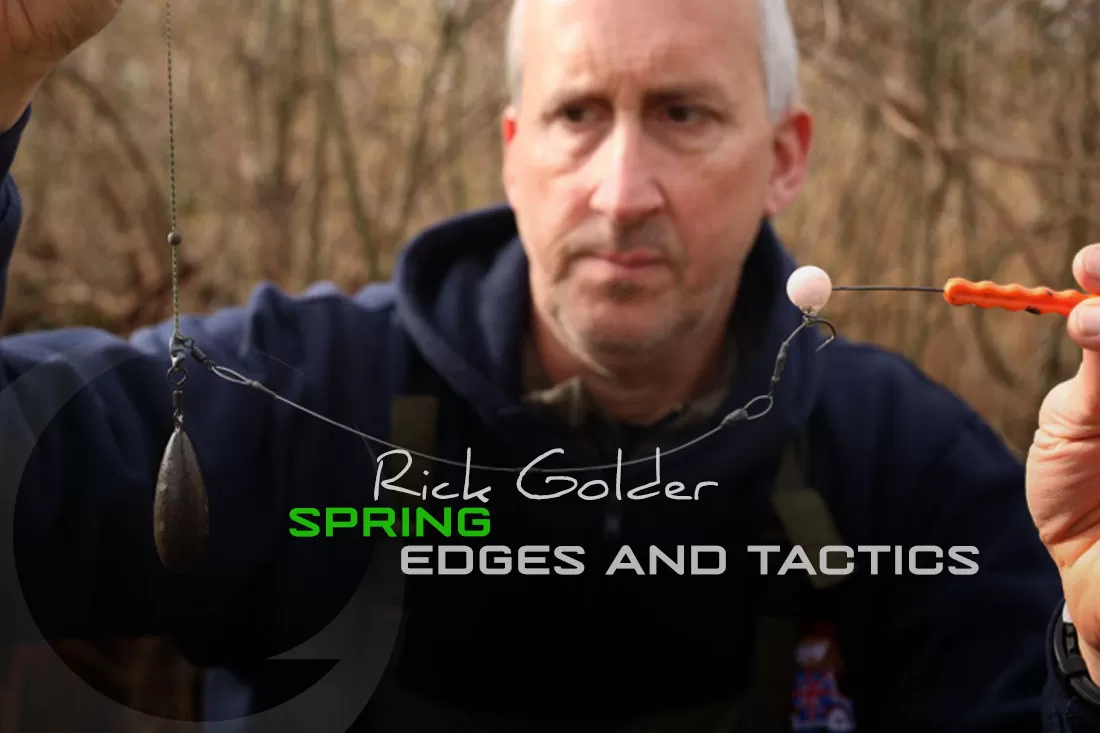
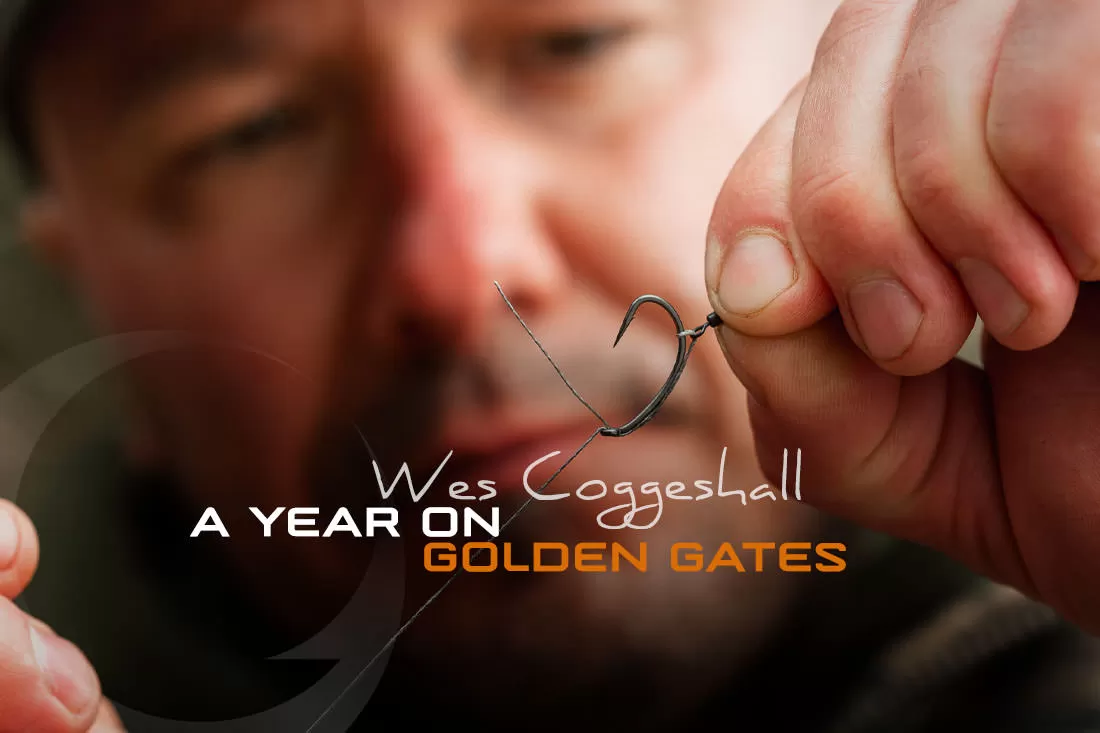
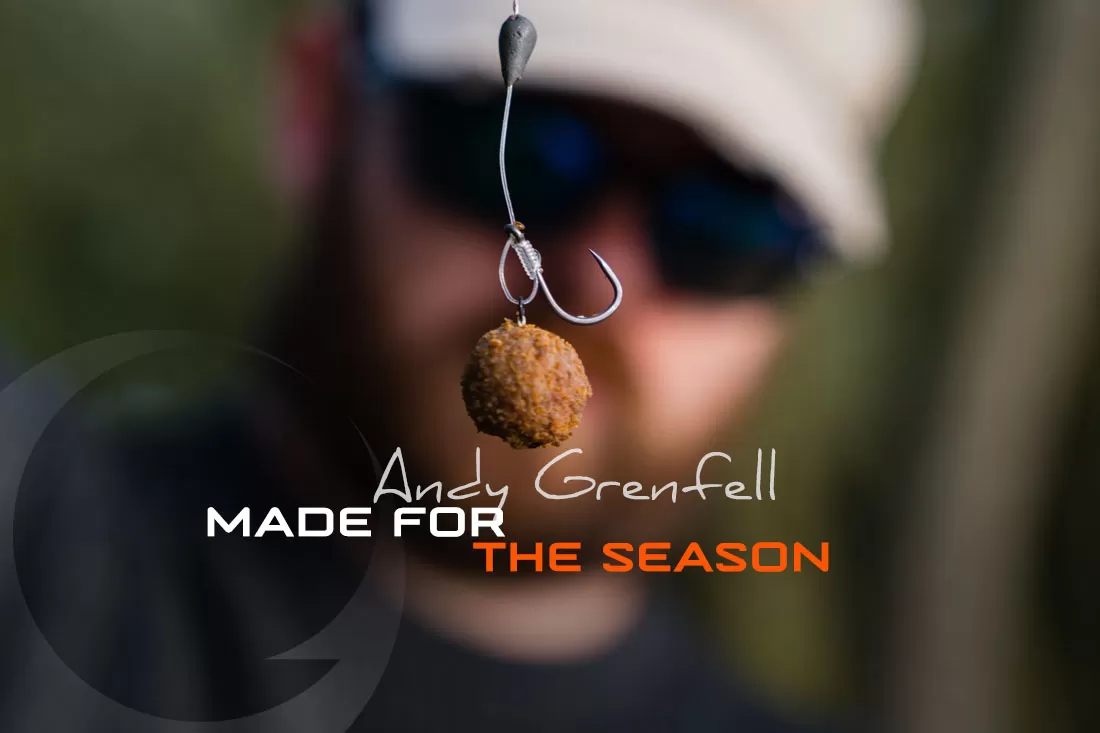

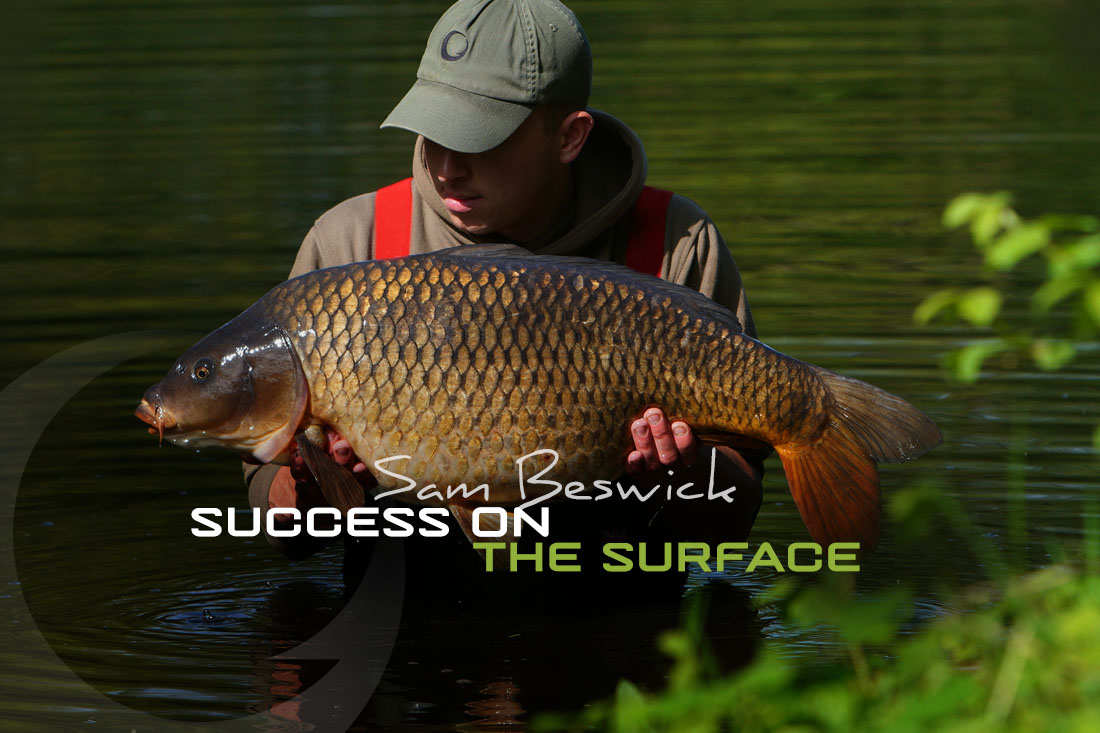
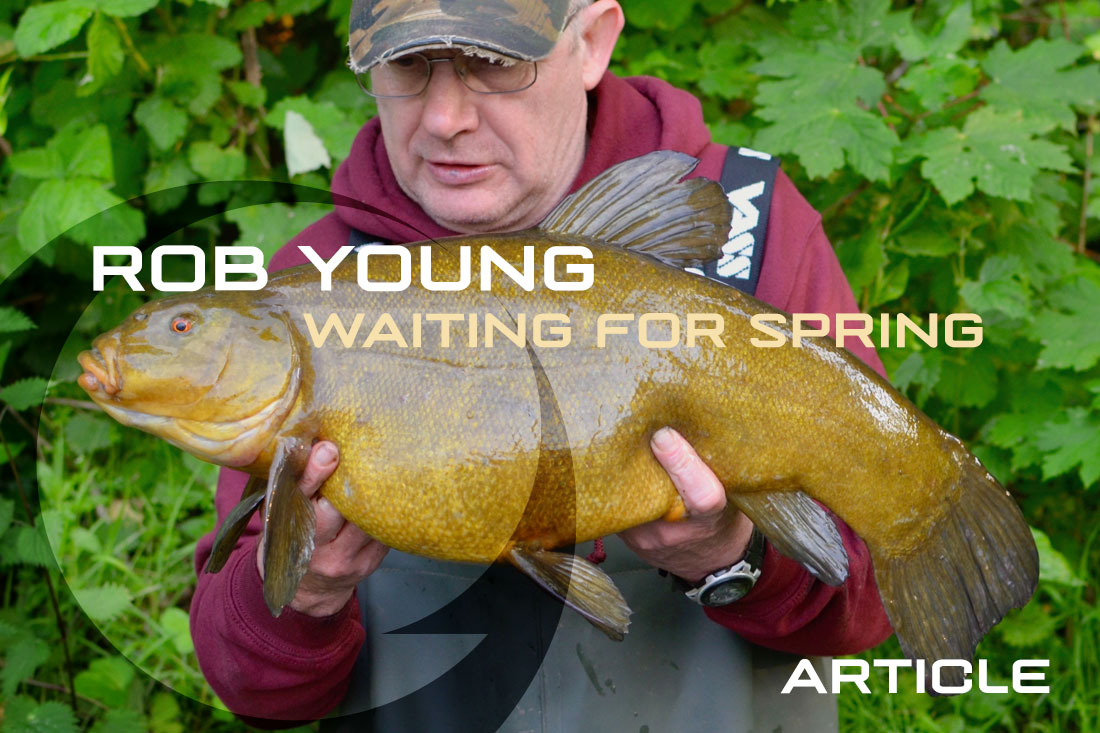
Leave A Comment